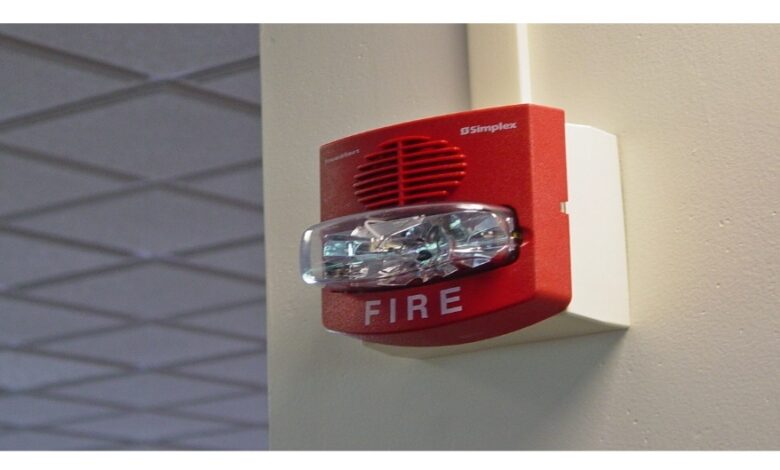Creating a Fire-Resistant Landscape Around Your Home

Wildfires have become an increasingly common threat in many regions, making it crucial for homeowners to consider fire-resistant landscaping as a means of protecting their property. By implementing the right strategies, you can significantly reduce the risk of your home being engulfed in flames during a wildfire. Here’s how you can create a fire-resistant landscape around your home. For ensuring that your property meets all necessary fire safety standards, obtaining a Fire Compliance Certificate can provide the necessary validation.
Choose Fire-Resistant Plants
Selecting the right plants is the first step in creating a fire-resistant landscape. Opt for plants that are low in resin, sap, and oils, as these are more likely to ignite quickly during a fire. Examples of fire-resistant plants include:
-
- Shrubs: Barberry, Oregon grape, and cotoneaster.
- Groundcovers: Ice plant, Irish moss, and yarrow.
- Trees: Maple, poplar, and cherry.
Avoid highly flammable plants like pine, juniper, and eucalyptus, which can contribute to the spread of fires.
Maintain Adequate Plant Spacing
Proper spacing between plants is essential to prevent fires from spreading. Maintain a sufficient distance between shrubs, trees, and other vegetation to minimize the risk of flames jumping from one plant to another. Regularly prune trees and shrubs to eliminate any dead or dry branches that could act as fuel during a fire.
Create Defensible Space
Establishing a defensible space around your home involves clearing vegetation and creating a buffer zone that can help slow or stop the progress of a wildfire. Follow these guidelines:
- Zone 1 (Immediate Zone): Clear all dead vegetation and combustible materials within 5 feet of your home. Use non flammable materials such as gravel or stone mulch.
- Zone 2 (Intermediate Zone): Maintain a distance of 30 to 100 feet from your home by thinning trees and spacing them apart. Regularly mow grass and remove fallen leaves and debris.
- Zone 3 (Extended Zone): This area extends up to 200 feet from your home. Trim grass and prune trees to create a well-maintained landscape that reduces the overall fuel load.
Use Non-Combustible Materials
Incorporate non-combustible materials into your landscape design to create firebreaks and reduce the risk of fire spreading. Consider using gravel pathways, stone walls, and patios made from concrete or brick. These materials can act as barriers to flames and embers.
Water Wisely
Maintain proper irrigation practices to ensure that your plants remain healthy and hydrated. Well-watered plants are less likely to catch fire than dry, stressed vegetation. Install drip irrigation systems or soaker hoses to deliver water directly to the root zone and minimize water loss through evaporation.
Conclusion
Creating a fire-resistant landscape around your home is a proactive step towards protecting your property from wildfires. By carefully selecting fire-resistant plants, maintaining adequate plant spacing, creating defensible space, using non-combustible materials, and practicing proper irrigation techniques, you can significantly reduce the risk of your home being consumed by flames during a wildfire. Implementing these strategies not only enhances the safety of your property but also contributes to the overall resilience of your community in the face of fire hazards. For property owners seeking assurance that their fire safety measures meet regulatory standards, obtaining a Landlord Certification can provide the necessary validation, If you want to stay updated with posts like this, please follow us on News Dipper.

